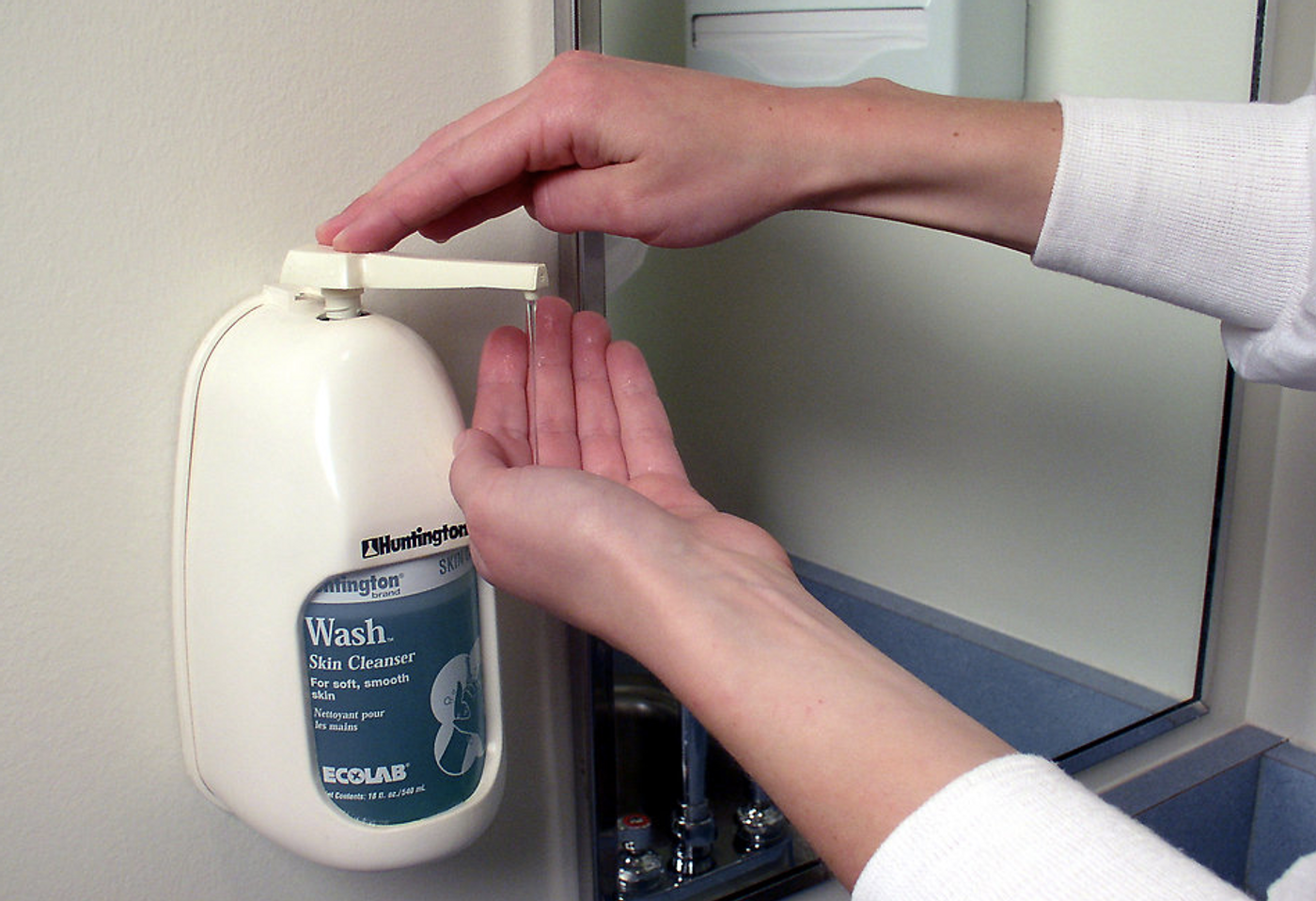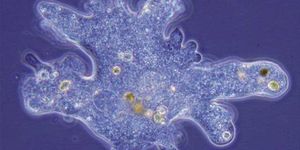Common Antiseptics can Harm Cells
New work by researchers at the University of California, Davis, has suggested that a common class of chemical compounds may be de-energizing mammalian cells. These chemicals, quaternary ammonium compounds, or "quats," are often used in household products as antimicrobials. Published in the journal Environmental Health Perspectives, the report indicates that many items we consume or have in our homes including lozenges, mouthwash, toothpaste, eye drops, shampoo, lotion, or household cleaners, could be inhibiting mitochondria and estrogen signaling in cells.
"Disinfectants that we are putting on and in our bodies, and using in our environment, have been shown to inhibit mitochondrial energy production and the cellular estrogen response," explained senior author Gino Cortopassi, a biochemist at the UC Davis School of Veterinary Medicine. "This raises concern because exposure to other mitochondrial-inhibiting drugs, such as rotenone and MPTP, is associated with increased risk for Parkinson's disease."
The researchers assessed how mitochondrial function was impacted by over 1,600 chemical compounds used in pharmaceuticals and household products. Quats were found to inhibit both estrogen signaling and mitochondrial function. Mitochondria are critical cell powerhouses that create vital energy. Estrogen is important to the regulation of a woman’s menstrual cycle and sexual development.
"Because exposure to quats is also interrupting the sex hormone estrogen response in cells, it could also potentially cause reproductive harm in animals or humans, and others have shown that quats cause reproductive toxicity in animals," Cortopassi said.
This work was performed in a cell culture model, but it dovetails with other research done by investigators at Virginia Tech. In that study, it was found that exposure to quats (via lab disinfectant) caused reduced fertility and reproductive problems in mice. A link was also found between quats and birth defects in mice and rats.
"Our study in cells provides a mechanism for their observations in laboratory animals," noted Sandipan Datta, a postdoctoral researcher in the Cortopassi lab. "They demonstrated that quat exposure caused reproductive toxicity in both females and males. The anti-estrogenic effects we see in cells could explain the female reproductive toxicity they observed, such as less estrus cycles and lower breeding rates.”
After triclosan, another popular antiseptic was removed from the market, some companies moved to replace it with quats, said Cortopassi. This new data indicates it might not be a good choice. However, more work is needed, he continued, to confirm that humans experience an adverse effect, and whether these compounds can build up in the body.
"This paper adds to the growing number of studies which find that quats may not be as safe as previously believed," commented Terry Hrubec, associate professor at Edward Via College of Osteopathic Medicine-Virginia, who was not affiliated with this study. "The fact that six out of the ten most potent mitochondrial inhibitors were quats shows that this class of chemicals likely affects living systems. The results from this study are concerning because almost everyone is exposed to quats on a regular basis."
Sources: Science Daily via UC Davis, Environmental Health Perspectives









